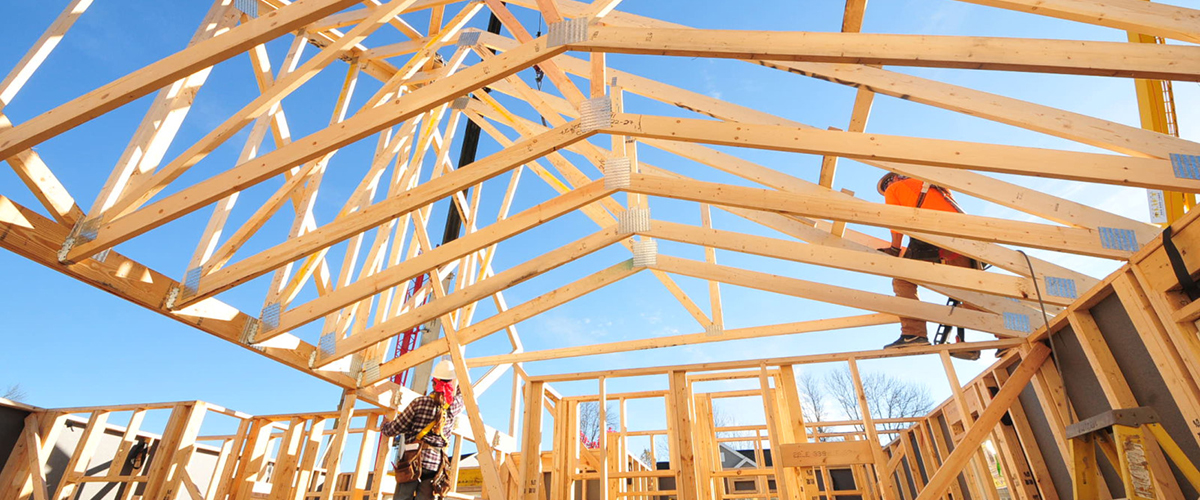Construction Input Cost Declines Good Sign for Inflation
Originally Published by: Construction Dive — November 15, 2023
SBCA appreciates your input; please email us if you have any comments or corrections to this article.

Dive Brief:
- Construction input prices decreased 1.2% in October due to declining inflation, according to a new Associated Builders and Contractors’ analysis of U.S. Bureau of Labor Statistics Producer Price Index data released Wednesday.
- Overall construction costs remain 1.1% lower than a year ago, while nonresidential construction input prices dropped 0.7% since last year, according to the report. The drop in prices follows two consecutive months of slight increases, signaling relief around inflation.
- “The October construction materials prices report should be cheered by most contractors,” said Anirban Basu, ABC chief economist. “Not only does [declining inflation] translate into less rapid increases in the price of many construction inputs, but it also signifies that the Federal Reserve is poised to begin reducing interest rates at some point next year.”
Dive Insight:
The positive construction input prices report however does not suggest all risks have disappeared for construction firms, said Ken Simonson, AGC chief economist.
He added he does not share the view that the Fed will be ready to reduce its short-term interest rate target anytime soon. He said the Fed will likely need to see their preferred measure reach 2% and remain there for several months before discussing rate cuts. Simonson said he does not expect that to happen before midyear 2024.
“In short, I think cost pressures on contractors have abated but not disappeared,” said Simonson. “I worry that materials cost increases could resume at any time.”
Meanwhile, several suppliers of bar joists and types of plumbing hardware shared announcements Wednesday morning of imminent price increases of 5% to 10%, said Simonson.
Basu also emphasized the favorable construction input prices report in October doesn’t necessarily signal the end of all concerns for contractors.
“Among the reasons for inflation’s retreat is a slowing economy,” said Basu. “While financial markets have been laser-focused on good news on the inflation front in recent days, less attention has been invested in the downside risks to the economy, including growing consumer indebtedness, tighter credit conditions, geopolitics and the impact of the federal government’s insatiable appetite to take on more debt.”
Nevertheless, cooling inflation supports an improving project financing environment which, in turn, increases demand for construction services, said Basu.
Prices fell in two of the three energy subcategories in October, according to the report. Crude petroleum input prices decreased 2.9%, while unprocessed energy materials remained down 0.3%. Iron and steel prices also dropped 2.3%, according to the report.
 On the other hand, natural gas prices jumped 10.9% in October, followed by a 0.8% rise in fabricated structural metal products. Concrete product prices increased 0.7% in October, according to the report.
On the other hand, natural gas prices jumped 10.9% in October, followed by a 0.8% rise in fabricated structural metal products. Concrete product prices increased 0.7% in October, according to the report.
